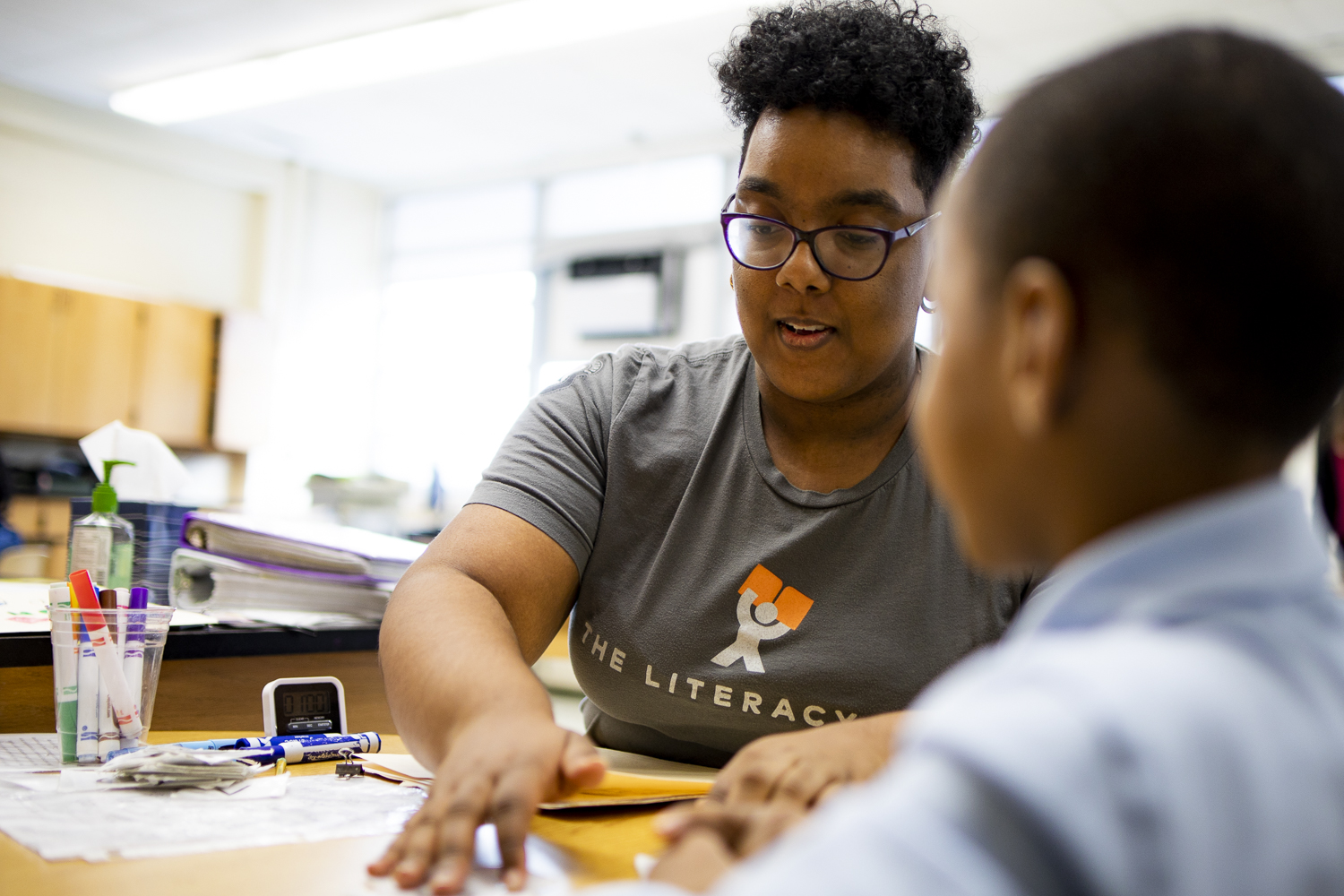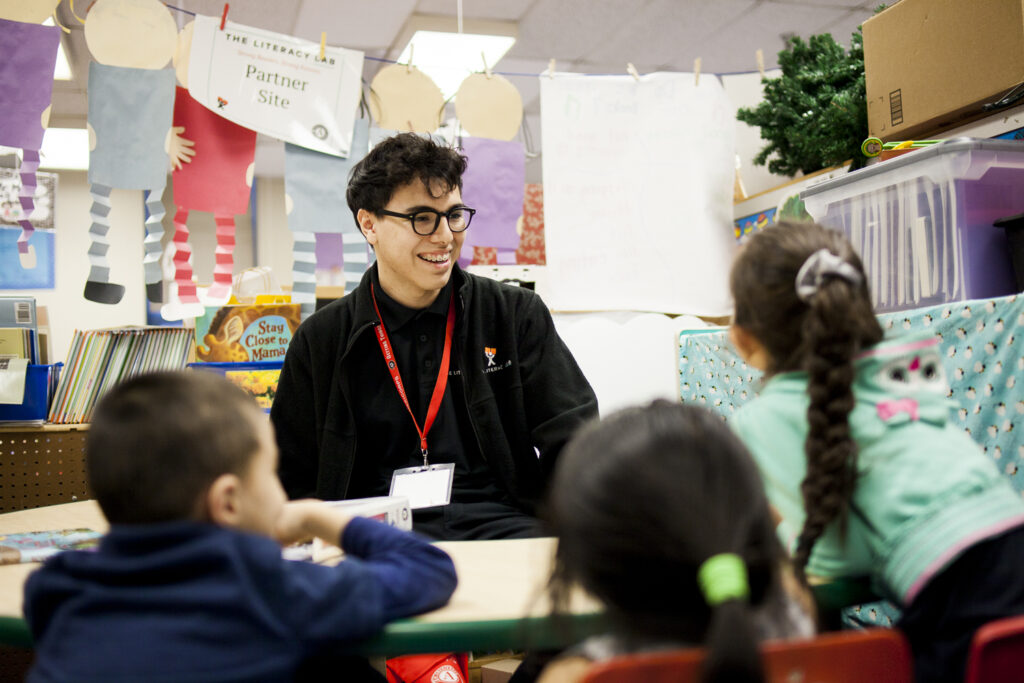

THE CHALLENGE
The reading crisis is fueling the literacy gap.
3rd graders who do not read at grade level are 4 times less likely to graduate from high school
Reading is the foundation for educational success and opportunities in life, yet many children are not given the time and skills to build this foundation. Children without the necessary literacy skills can fall behind quickly, and the consequences last a lifetime. Additionally, low literacy skills are connected to low-paying jobs, widening the nation’s wealth gap.
KINDERGARTEN
Children in certain zip codes are more than four times less likely to enter Kindergarten with school-ready reading and language skills than their higher income peers.
ELEMENTARY SCHOOL
Around third grade, the curriculum switches from focusing on learning to read to reading in order to learn. Children lacking strong basic reading skills are left behind by this transition.
HIGH SCHOOL
Children who do not read on grade level by the end of third grade are four times less likely to graduate from high school on time.
ADULTHOOD
Without a high school diploma, opportunities in life are dramatically reduced. People with low literacy levels have an unemployment rate that is two to four time higher the rest of the population.
Our Response
Investing in early literacy is one of the most effective ways to help solve our nation’s reading crisis and help improve individual children’s outcomes. Students attending public schools, in targeted zip codes, are less likely to have access to high quality reading instruction and interventions.
Investing in early literacy also has positive societal and economic effects. Studies show that every $1 invested in early childhood education provides a return of roughly $9, largely from increased earnings for children when they grow up. Click here to learn more about our work to address the literacy crisis.
